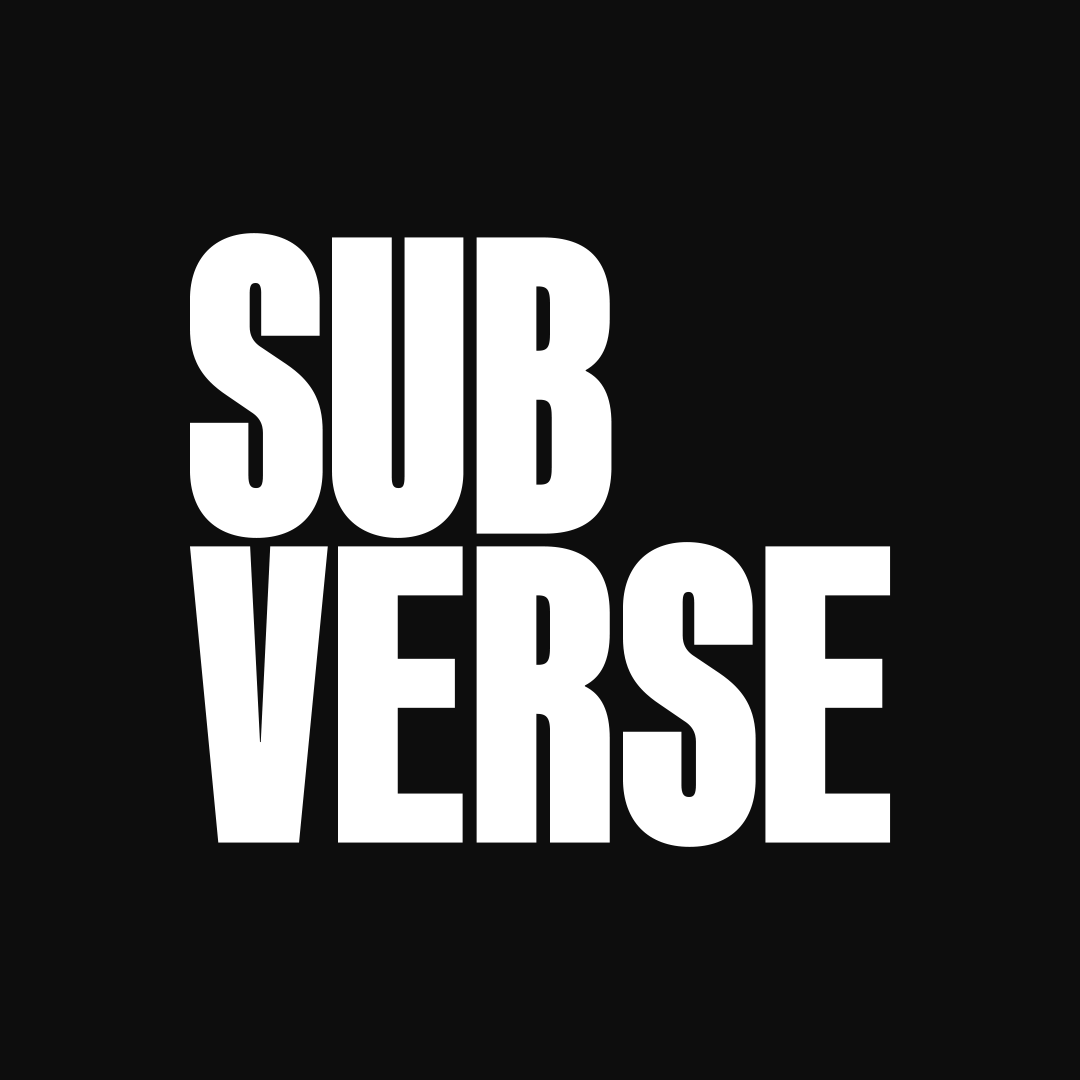Module 4: Leverage Points and Change – Lesson 2
This lesson is just one part in our series on Systems Thinking. Each lesson reads on its own, but builds on earlier lessons. An index of all previous lessons can be found at the bottom of this page.
To intervene in a system is to reach into the invisible machinery that produces its familiar patterns and outcomes. Systems—from call centers to global brands—are not governed by chance but by structures: rules, goals, flows of information, and feedback loops that quietly dictate behavior. An intervention is not just a “fix.” It is an intentional act of influence, a choice about where and how to touch the structure so that the pattern bends in a different direction. Some actions are little more than bandages: they soothe symptoms but leave underlying forces intact. Others, rarer and harder, adjust the very architecture of behavior and set new trajectories in motion.
A Simple Test for Leverage
The essence of leverage lies in depth. A simple diagnostic can help us distinguish between shallow fixes and meaningful interventions: does this action alter information, rules, feedback, or goals?
- Information: Who knows what, when, and how? Making campaign performance visible to an entire team can shift collective behavior more powerfully than doubling the ad budget.
- Rules: What is permitted, required, or forbidden? Rewriting an approval process can ripple further than throwing more people at the backlog.
- Feedback: Which loops are strengthened or weakened? Integrating customer complaints directly into product development reshapes the system far more than a once-a-year survey.
- Goals: What is the system ultimately striving for? Reorienting from quarterly profit to long-term customer value changes decisions at every level.
If an intervention does not alter at least one of these dimensions, its leverage is limited. It may create temporary relief, but the system will quickly revert to its baseline behavior.
The Intervention Ladder
One way to visualize these differences is the intervention ladder, which orders possible actions from shallowest to deepest influence:
- Tinkering with resources and parameters—budgets, headcount, timelines.
- Refining processes and practices—better meetings, new routines.
- Redirecting information flows—transparency, dashboards, reporting.
- Changing rules and incentives—policies, pay structures, boundaries.
- Adjusting feedback loops—balancing runaway growth, reinforcing stability.
- Redefining goals and purposes—deciding what “winning” means.
- Transforming paradigms and mental models—the cultural narratives that make the system what it is.
The higher the rung, the greater the leverage—but also the greater the difficulty. Changing a budget line can be done in an afternoon; shifting a mental model may take years of persuasion and cultural change. The art of systems thinking is to recognize that while the upper rungs are demanding, they are also where enduring change resides.
Leverage Hypotheses
A leverage hypothesis is a disciplined way of framing our theory of change. It compels us to move beyond hunches and articulate causality:
“If we change X (a rule, flow of information, or structural condition), then Y (a feedback loop) will strengthen or weaken, which will produce Z (a shift in system behavior).”
This structure forces precision. It demands that we specify which loop we expect to influence and how that loop, in turn, will shape outcomes. For instance: If we redefine our success metric from average call length to first-call resolution (X), the learning loop that guides agent behavior (Y) will strengthen, reducing repeat calls and shortening queues (Z). Even when hypotheses prove wrong, they sharpen our learning by showing us where the system resists or surprises us.
Prioritizing Interventions
Even well-formed hypotheses must contend with reality: limited time, resources, and political capital. Not every high-leverage idea can be implemented immediately, and not every low-leverage move should be dismissed outright. This is where the impact–effort–risk matrix becomes a practical ally:
- High impact, low effort: These are rare gems—pursue them first.
- High impact, high effort: Worthwhile, but they demand commitment and careful planning.
- Low impact, low effort: Small wins, useful for momentum but unlikely to transform the system.
- Low impact, high effort: Best avoided—they consume much and deliver little.
The matrix does not replace judgment; it disciplines it, ensuring that enthusiasm for “big ideas” is balanced by realism about feasibility and risk.
Conclusion
To intervene wisely in a system is to resist the seduction of surface fixes and instead seek the subtle points of structural influence. Adding staff, pouring in money, or working harder may feel satisfying, but these are fleeting gestures. The deeper work is harder: reshaping flows of information, rewriting rules, adjusting feedback, and—most powerfully—redefining goals and paradigms. By testing for leverage, climbing the intervention ladder, and crafting clear hypotheses, we move from firefighting to transformation. Interventions cease to be acts of desperation and become acts of design, steering systems toward the futures we intend.
Course Index
- Module 0: Introduction to Systems Thinking
- Module 1: Components of Systems
- Lesson 1.1 — Elements, interconnections, and purpose
- Lesson 1.2 – Open vs. closed systems
- Lesson 1.3 — Boundaries and Perspectives
- Module 2: Feedback Loops and Causality
- Lesson 2.1 — Reinforcing and balancing loops
- Lesson 2.2 — Delays and non-linearity
- Lesson 2.3 — Stocks and flows
- Module 3: Mental Models and Paradigms
- Lesson 3.1 — How perception shapes systems
- Lesson 3.2 — Ladder of inference
- Lesson 3.3 — Surfacing assumptions
- Module 4: Leverage Points and Change
- Lesson 4.1 — Donella Meadows’ 12 leverage points
- Lesson 4.2 — High vs. low leverage interventions

